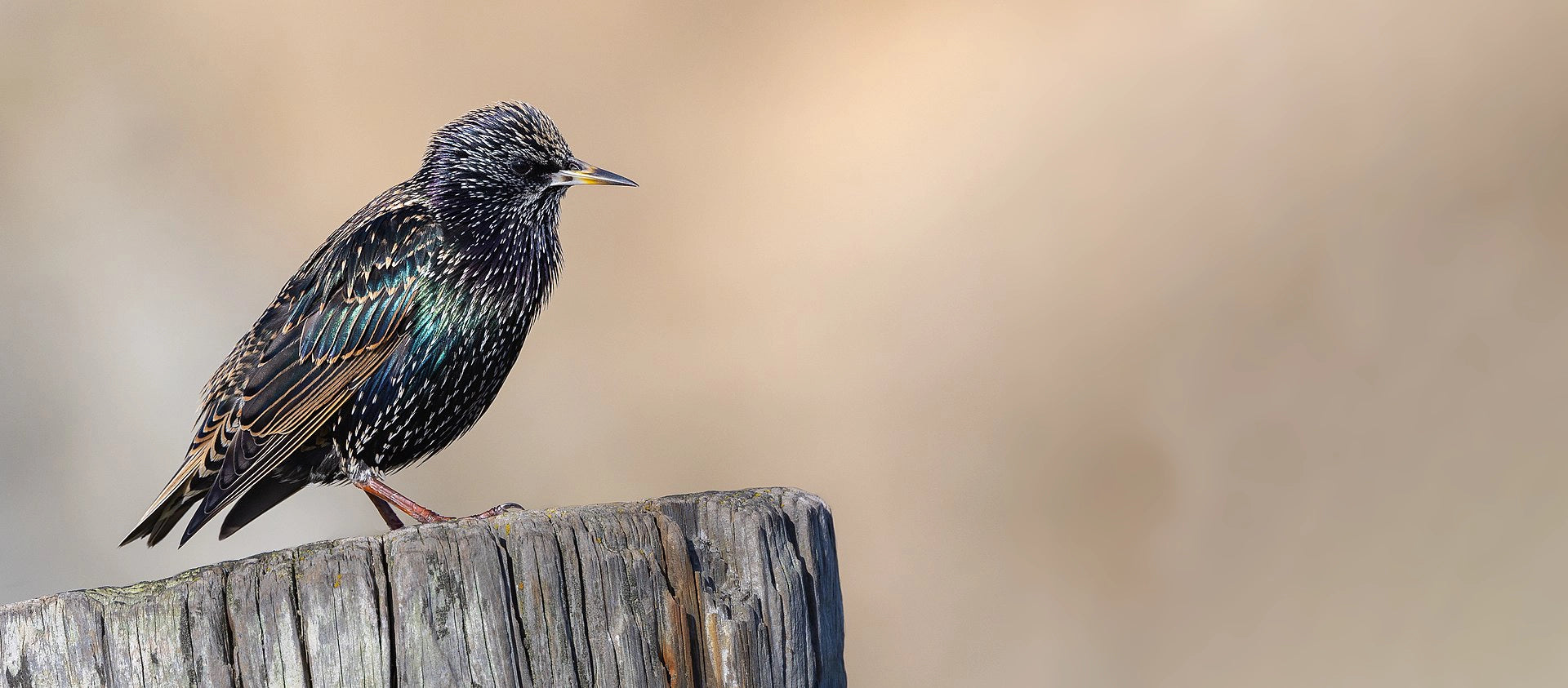Murmuration Simulator
Click+drag to change your perspective. Use scroll to zoom in and out.
Code by Ankit Solanki
When a murmuration takes place, each starling reacts to the movements of the birds immediately around it, allowing the entire flock to quickly shift and change directions as a unified mass. The birds stay close together, sometimes only a wing's length apart.
Think about it like a wave at a sports stadium, where each spectator's action (standing up and sitting down) is triggered by the adjacent spectators, creating a coordinated, ripple effect. Similarly, each starling's movement in a murmuration is influenced by its nearest neighbors, and with hundreds or thousands of birds involved, the entire flock appears to move as one large, swirling cloud.
Collapsible content
More Murmuration Details
The mesmerizing coordinated movement of starling murmurations is governed by principles of physics and mathematics that resemble those seen in other systems, like the behavior of metals becoming magnetized or liquids turning into gases.
Each bird follows three simple rules: move in the same direction as your neighbors, stay close, and avoid collisions. These basic guidelines help thousands of birds fly together without bumping into each other or scattering into chaos. It’s fascinating because there's no leader. Instead, each starling's movements are influenced by the birds right next to it, regardless of how close they physically are. This means they can quickly shift direction as a group when needed, like when avoiding a predator.
This whole idea was first modeled in computer simulations with something called the Boids Algorithm by Craig Reynolds in 1986, though it wasn't specifically about birds at first. Later, in 2008, researchers like Andrea Cavagna and Irene Giardina started applying similar math to actual starling flocks. They used high-speed cameras to track how these birds moved together and found that each one interacted with a fixed number of neighbors, typically six or seven, creating those fluid, shifting patterns we see.
So, when you're watching a murmuration, you're not seeing random bird behavior. You're observing a complex, mathematical phenomenon that helps starlings survive in the wild.
It's ok to stare.
Photo by Frank Schulenburg
- Choosing a selection results in a full page refresh.
- Opens in a new window.






